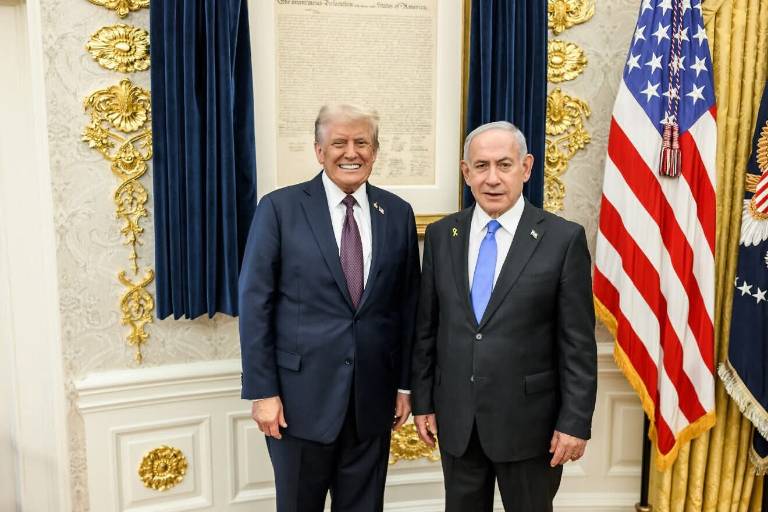A new United Nations Security Council resolution endorsing President Donald Trump’s 20-point Gaza plan has triggered fierce international debate, with supporters calling it a path toward regional stability and critics condemning it as a dangerous reward for extremism.
The resolution, passed with broad backing on Monday, establishes a detailed framework for Gaza’s future governance following two years of devastating conflict. It authorizes an international stabilization force, outlines steps for demilitarization, and introduces a transitional “Board of Peace’’ to be overseen by the U.S. president.
But the decision has drawn sharp criticism across parts of Israel and its global supporters, who argue that even the mere consideration of Palestinian statehood after the atrocities of October 7th represents a profound moral failure. They contend that discussing long-term political aspirations while Hamas remains operational undermines the sacrifices made by Israeli forces during the conflict.
Analysts say the text of the resolution presents strict preconditions for any future Palestinian state, including full disarmament of Hamas, the emergence of a new governing authority and verified, permanent demilitarization. Critics argue these benchmarks are unattainable, pointing to the deep political and ideological divides in Gaza and the West Bank.
Legal scholars have noted that the document reaffirms the long-standing international position that no Palestinian state currently exists under international law a detail expected to influence ongoing judicial disputes and international legal proceedings.
The resolution also states that Gaza poses a security threat to neighboring states, a clause seen by observers as reinforcing Israel’s argument that its military actions were defensive rather than offensive. At the same time, it places the responsibility for stabilizing the territory on a coalition of international forces, a task many view as implausible given the entrenched realities on the ground.
While the framework lays out a path for reconstruction, Israeli concerns remain centered on what a rebuilt Gaza would mean after the October 7th attacks. Public sentiment in Israel reflects widespread opposition to restoring the enclave for the same population seen as having supported the assault, raising unresolved questions about long-term policy and demographic outcomes.
Behind the diplomatic effort lies a larger geopolitical vision a regional economic corridor linking the United States, Middle East and India. Analysts say this strategy requires the cooperation of Arab states, some of whom seek symbolic progress on Palestinian aspirations in return for closer ties with Washington.
However, critics warn that any plan based on unrealistic expectations of political transformation within Gaza risks collapsing under its own contradictions. They argue that sustainable security can only be achieved through decisive control of the territory, a stance that remains at odds with key elements of the international resolution.
As debate continues, Israel’s leadership maintains that its security doctrine will not be shaped by international pressure. Supporters of a stronger Israeli posture say the UN plan, despite its diplomatic weight, cannot override the realities of sovereignty, national security and historical claims.
The broader implications of the resolution for Gaza’s future, for Israel’s long-term strategy and for U.S.-led diplomacy in the Middle East remain subjects of intense scrutiny. For now, the world watches to see whether the ambitious plan can translate into practical outcomes amid one of the region’s most entrenched conflicts.


